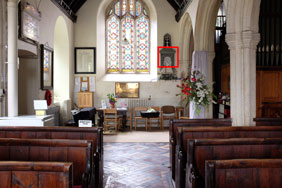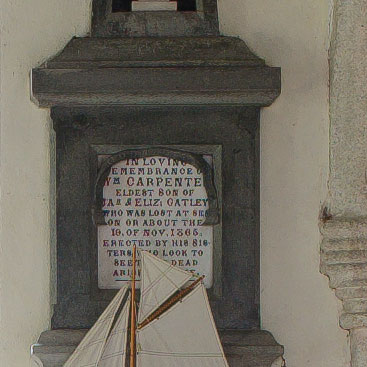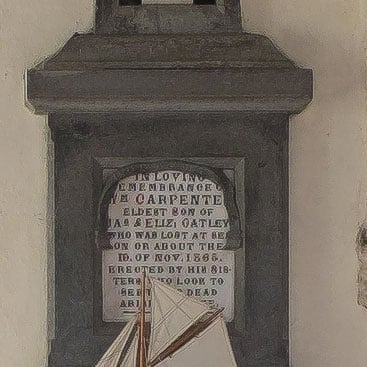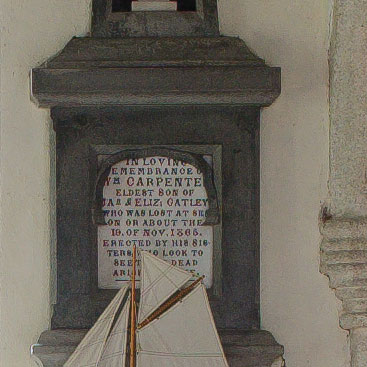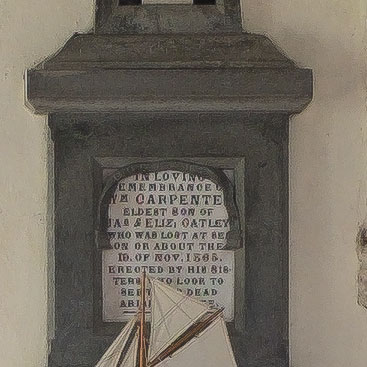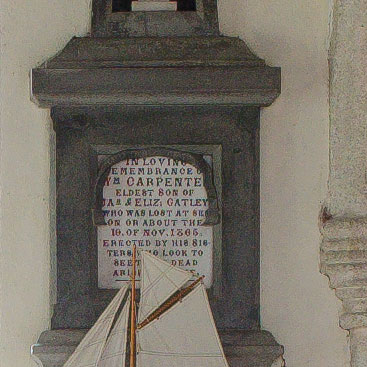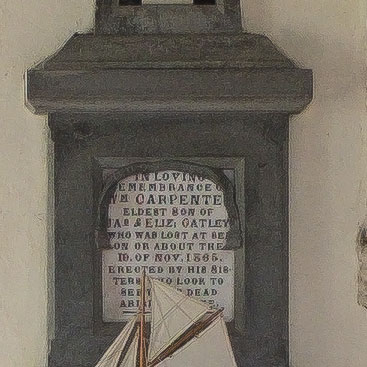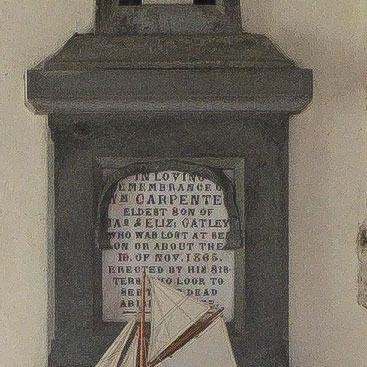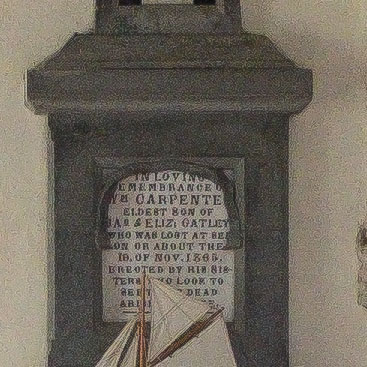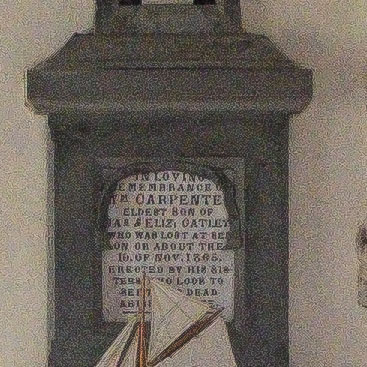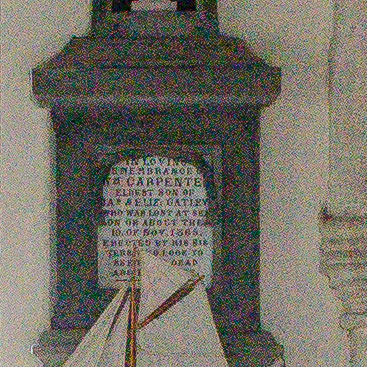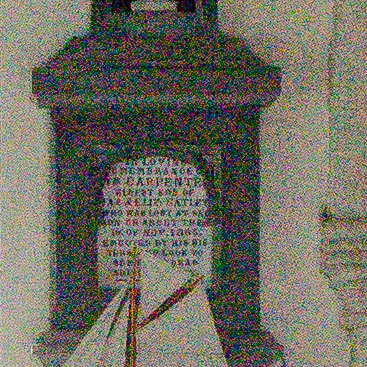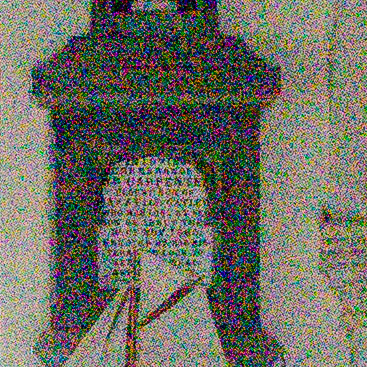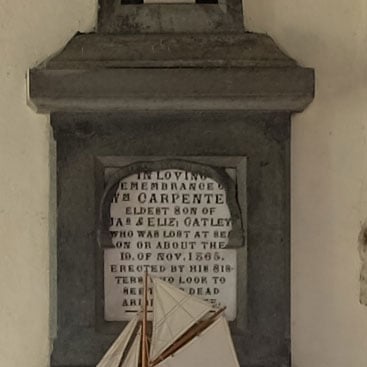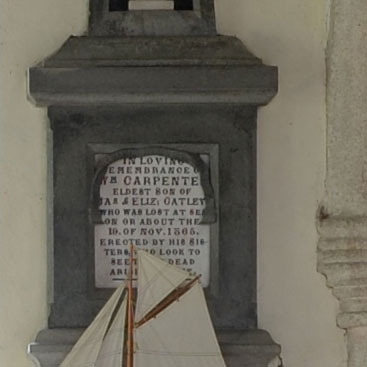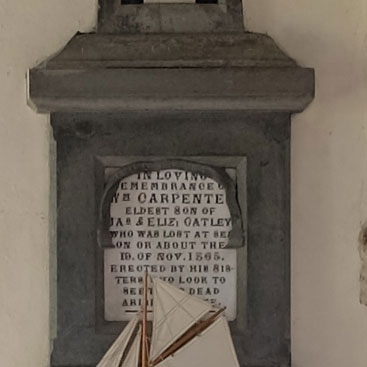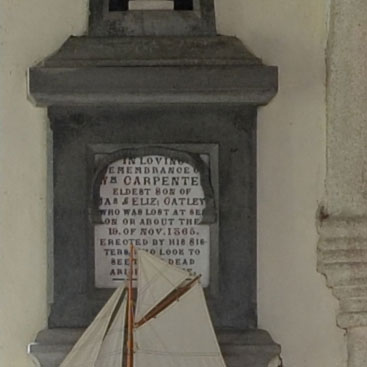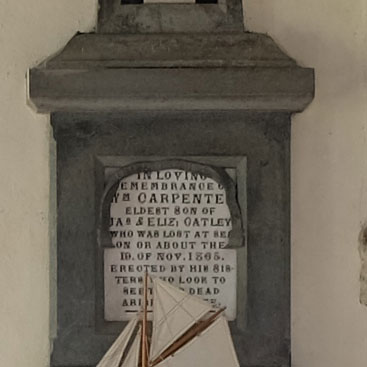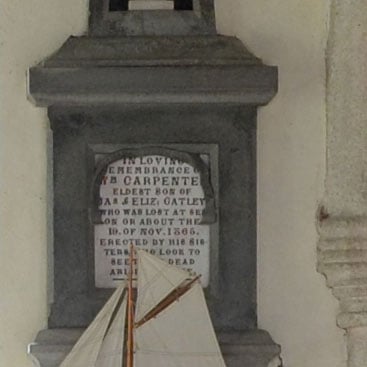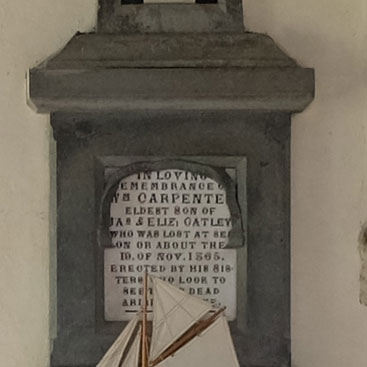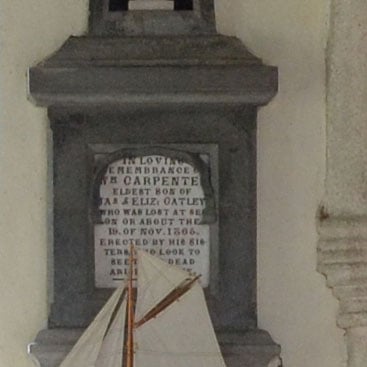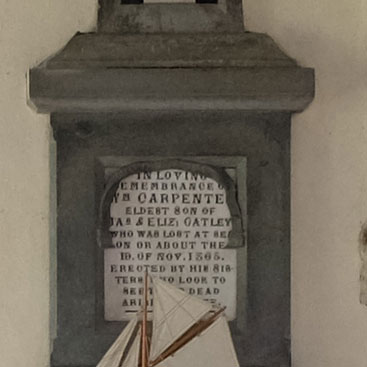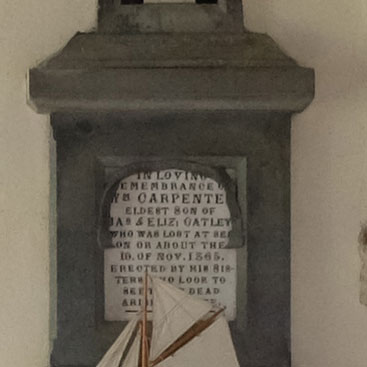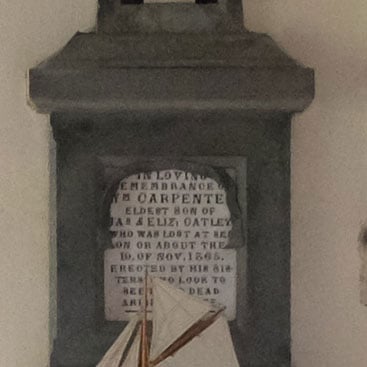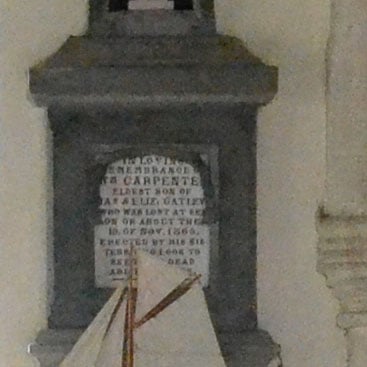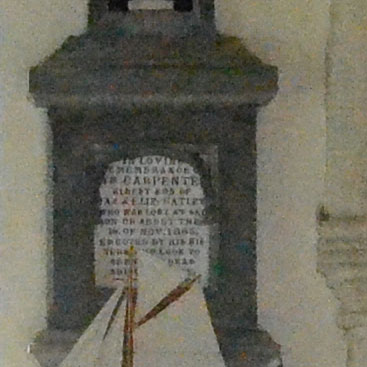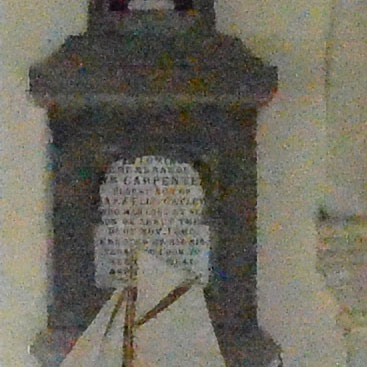Fujifilm X100S review
-
-
Written by Ken McMahon
Quality
Fujifilm X100S vs Nikon COOLPIX A Quality JPEG
|
Fujifilm X100S |
Nikon COOLPIX A | |
 |  | |
f5.6, 200 ISO |
f5.6, 100 ISO | |
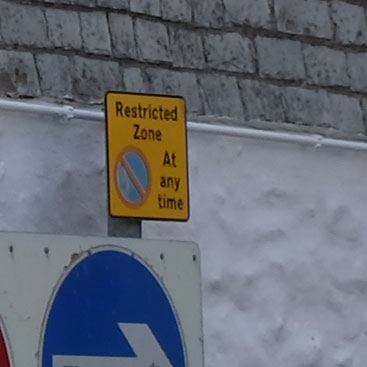 | 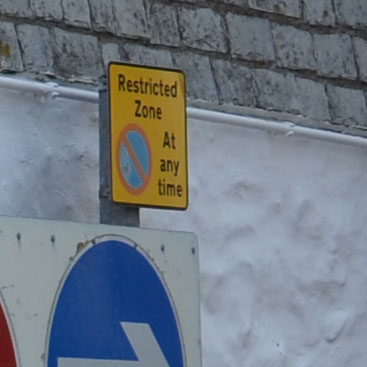 | |
f5.6, 200 ISO |
f5.6, 100 ISO | |
 |  | |
f5.6, 200 ISO |
f5.6, 100 ISO | |
 |  | |
f5.6, 200 ISO |
f5.6, 100 ISO |
Fujifilm X100S results : Quality / RAW quality / Noise / RAW Noise
Fujifilm X100S vs Nikon COOLPIX A Quality RAW
|
Fujifilm X100S |
Nikon COOLPIX A | |
 |  | |
f5.6, 200 ISO |
f5.6, 100 ISO | |
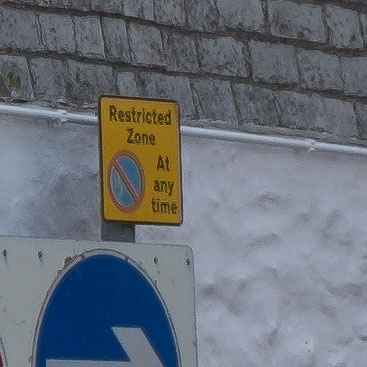 | 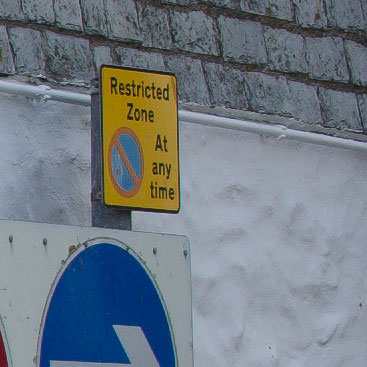 | |
f5.6, 200 ISO |
f5.6, 100 ISO | |
 |  | |
f5.6, 200 ISO |
f5.6, 100 ISO | |
 |  | |
f5.6, 200 ISO |
f5.6, 100 ISO |
Fujifilm X100S results : Quality / RAW quality / Noise / RAW Noise
Fujifilm X100S vs Nikon COOLPIX A Noise RAW
The image above was taken with the Fujifilm X100S. From earlier outdoor testing I’d discovered that the lenses on both cameras produced optimal results at f5.6 so both were set to f5.6 in Aperture priority mode. The X100S has a sensitivity range of 200-6400 ISO which is expandable for JPEG shooting down to 100 ISO at the bottom of the range and up to 25600 ISO at the top. So the Base ISO setting and the important crop for comparison purposes in the table below is the 200 ISO one. At this setting the X100S metered an exposure of 0.6 seconds. The COOLPIX A at its base 100 ISO setting metered 1 second. I processed both sets of files in Adobe Camera RAW 7.4 using identical settings: Sharpening at 70 / 0.5 / 36 / 10, Luminance and Colour Noise Reduction both set to zero, and the Process to 2012 with the Adobe Standard profile.These settings were chosen to reveal the differences in sensor quality and isolate them from in-camera processing. The high degree of sharpening with a small radius enhances the finest details without causing undesirable artefacts, while the zero noise reduction unveils what’s really going on behind the scenes – as such the visible noise levels at higher ISOs will be much greater than you’re used to seeing in many of my comparisons, but again it’s an approach that’s designed to show the actual detail that’s being recorded before you start work on processing and cleaning it up if desired. These RAW noise results backup what we saw with the JPEGs on the previous page. At the lower ISO sensitivities there’s not much between the Fujifilm X100S and the Nikon COOLPIX A. Both sensors produce crisp, clean images with very little if any visible evidence of noise. If you look closely, you can see a marginal difference at 400 ISO with a slight degree of texture appearing in the the COOLPIX A crop, a margin which has grown significantly by 1600 ISO and continues to do so right the way up to the X100S maximum unextended 6400 ISO limit. The low noise signature of the X100S’s X-Trans sensor really is remarkable, particularly the very low levels of colour noise. I had to go back and double-check my Camera RAW settings to make sure I’d set colour noise reduction to zero when I first saw these results. While the COOLPIX A is able to shoot RAW up to it’s maximum 25600 ISO setting, you’d need to put in a lot of work to get useable results from them. It’s also worth bearing in mind that the f2.0 lens on the X100 is a stop brighter than the f2.8 lens on the COOLPIX A, so in the same lighting conditions and at the same shutter speed you could shoot at 6400 ISO on the X100S where you’d need 12800 on the COOLPIX A. I should however note that like on the outdoor comparisons, the X100S RAW files don’t handle the very high sharpening I use for tests, especially with ACR 7.4. So for the best-looking results, you’d tone down the sharpening. Now head over to my Fujifilm X100S sample images to see some more real-life shots in a variety of conditions, or head straight for my Verdict.
| |||||||||||||||||||||||||||||||||||||||||||||||||||||||||||||||||||||||||||||||||||||||||||||||||||||
Fujifilm X100S results : Quality / RAW quality / Noise / RAW Noise |
Fujifilm X100S vs Nikon COOLPIX A Noise JPEG
The image above was taken with the Fujifilm X100S. From earlier outdoor testing I’d discovered that the lenses on both cameras produced optimal results at f5.6 so both were set to f5.6 in Aperture priority mode. The X100S has a sensitivity range of 200-6400 ISO which is expandable for JPEG shooting down to 100 ISO at the bottom of the range and up to 25600 ISO at the top. So the Base ISO setting and the important crop for comparison purposes in the table below is the 200 ISO one. At this setting the X100S metered an exposure of 0.6 seconds. The COOLPIX A at its base 100 ISO setting metered 1 second. The 100 ISO crop from the Fujifilm X-E1 looks ever so slightly less textured than the 200 ISO crop, so, for subjects where the absolute minimum of noise is required, or you want to use the slowest possible shutter speed it’s worth using. Just remember you can’t shoot RAW at this extended ISO sensitivity setting and you’ll experience slightly lower contrast and reduced dynamic range. Having said that the 200 ISO crop is pristine, there’s not a noisy pixel to be seen. Detail is clear and crisp and areas of flat colour have no noticeable texture. The same is true of the 400 ISO crop and, while there’s the beginnings of texture starting to appear on the background wall and in the text panel, the incremental change is much smaller than you’d expect. 1600 ISO is usually the upper limit for quality, at least at full-size viewing, that most discerning shooters would accept, the X100S 1600 ISO crop looks a little more textured and softer than the earlier ones, but there’s clearly plenty more headroom before noise becomes a concern and, even at 3200 ISO the image quality and detail retention is remarkably good. At 6400 ISO the noise is finally becoming intrusive, but even at 12800 ISO, where the noise is gaining the upper hand, the text is stil clearly readable. On most cameras 25600 ISO is merely there for the numbers, but the X100S actually produces a useable image at this upper limit. You won’t get a RAW file at this extended setting (or the lower 12800 ISO) and it isn’t pretty, but you’ll see more of your subject than the noise, which isn’t often the case at 25600 ISO. Compared with the COOLPIX A, at the lower ISO settings, the X100S looks a little sharper, but in noise terms there’s little to choose between them with the COOLPIX A’s 100 ISO crop a close match for the X100S’s 200 ISO. At 400 ISO it’s still a pretty close call, but at 800 ISO it looks to me like there’s noticeably more noise in the COOLPIX A crop. At 1600 ISO there’s clearly more texture in the wall, the text panel looks softer and the edge detail is beginning to crumble on the COOLPIX A crop where the X100S is still holding strong. By the 3200 ISO mark, I’d say the X100S has a clear one stop advantage over the COOPIX A, and from there on up the margin gets bigger. So in noise terms it’s a clear win for the X100S with significantly better performance than the Nikon COOLPIX A in the mid to high ISO sensitivity range. To find out how much of a role processing plays in keeping noise at bay in these crops take a look at my Fujifilm X100S RAW results page to see just how much noise is present behind the scenes. Or head over to my Fujifilm X100S sample images to see some more real-life shots in a variety of conditions.
| ||||||||||||||||||||||||||||||||||||||||||||||||||||||||||||||||||||||||||||||||||||||||||||||||||||
Fujifilm X100S results : Quality / RAW quality / Noise / RAW Noise |
